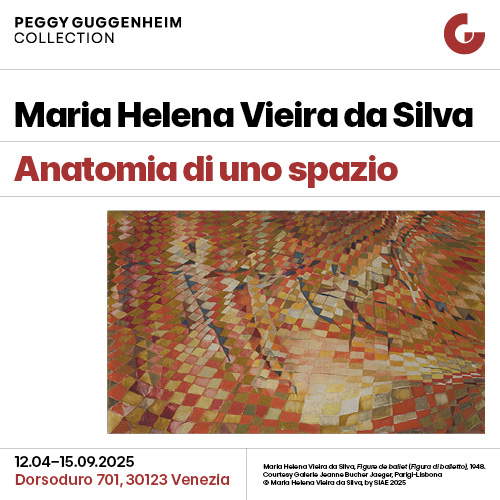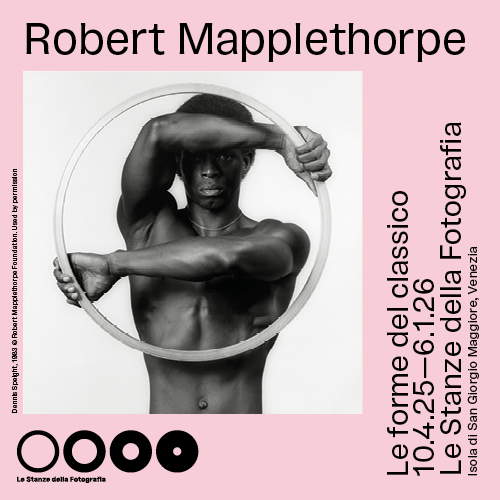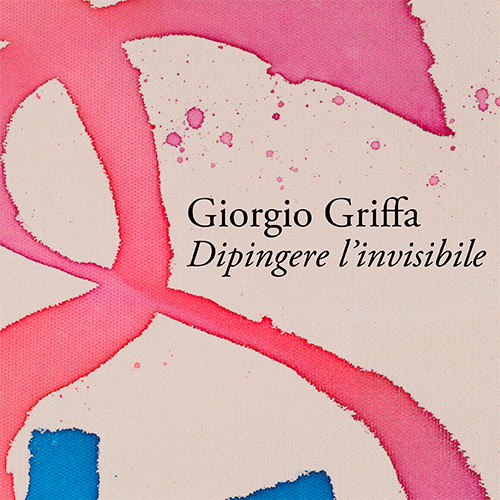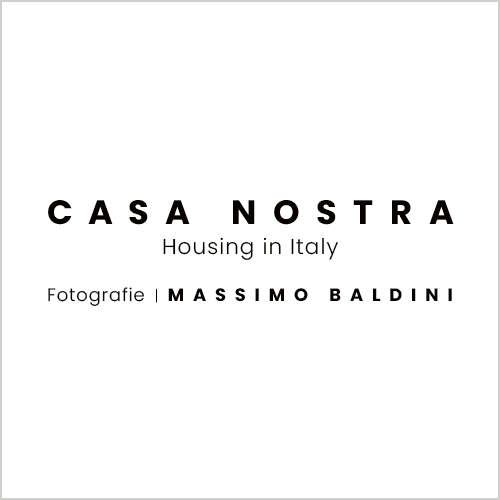An exhibition at the Royal Palace on George Hoyningen-Huene, pioneer of fashion photography
From January 21 to May 18, 2025, Palazzo Reale in Milan is hosting George Hoyningen-Huene. Glamour and the Avant-Garde, an exhibition sponsored by Comune di Milano - Cultura and produced by Palazzo Reale and CMS.Cultura in collaboration with the George Hoyningen-Huene Archive to celebrate 125 years since the birth of one of the pioneers of fashion photography, George Hoyningen-Huene (St. Petersburg, 1900 - Los Angeles, 1968). Curated by Susanna Brown, curator of the Victoria & Albert Museum in London for more than 12 years, the exhibition, a first in Italy, consists of more than 100 photographs, distributed in 10 sections, with platinum prints that enhance the photographer’s style as well as highlight his innovative use of printing techniques and artistic influences. The exhibition explores the central themes of the career of Hoyningen-Huene, who was born to an American mother and Estonian baron father. After the October Revolution, he left Russia with his family, initially finding refuge in London. In 1920 he settled in Paris, where he approached Man Ray’s circle, establishing a close collaboration with him. During his Parisian stay, he came into contact with such exponents of Surrealism as Salvador Dali, Lee Miller, Pablo Picasso, Paul Eluard and Jean Cocteau. Described by Richard Avedon as “a genius, the master of us all,” through portraits and photographic compositions George Hoyningen-Huene is among the first in the 1920s and Trents to capture the style of the haute couture fashion houses of Paris, including Chanel, Balenciaga, Schiaparelli and jeweler Cartier. Notably, as chief photographer for French Vogue, a position he held from 1926 to 1936, Hoyningen-Huene established himself as one of the leading photographers of the scene at the time, innovatively producing shoots characterized by an aesthetic influenced by classical art and Surrealism.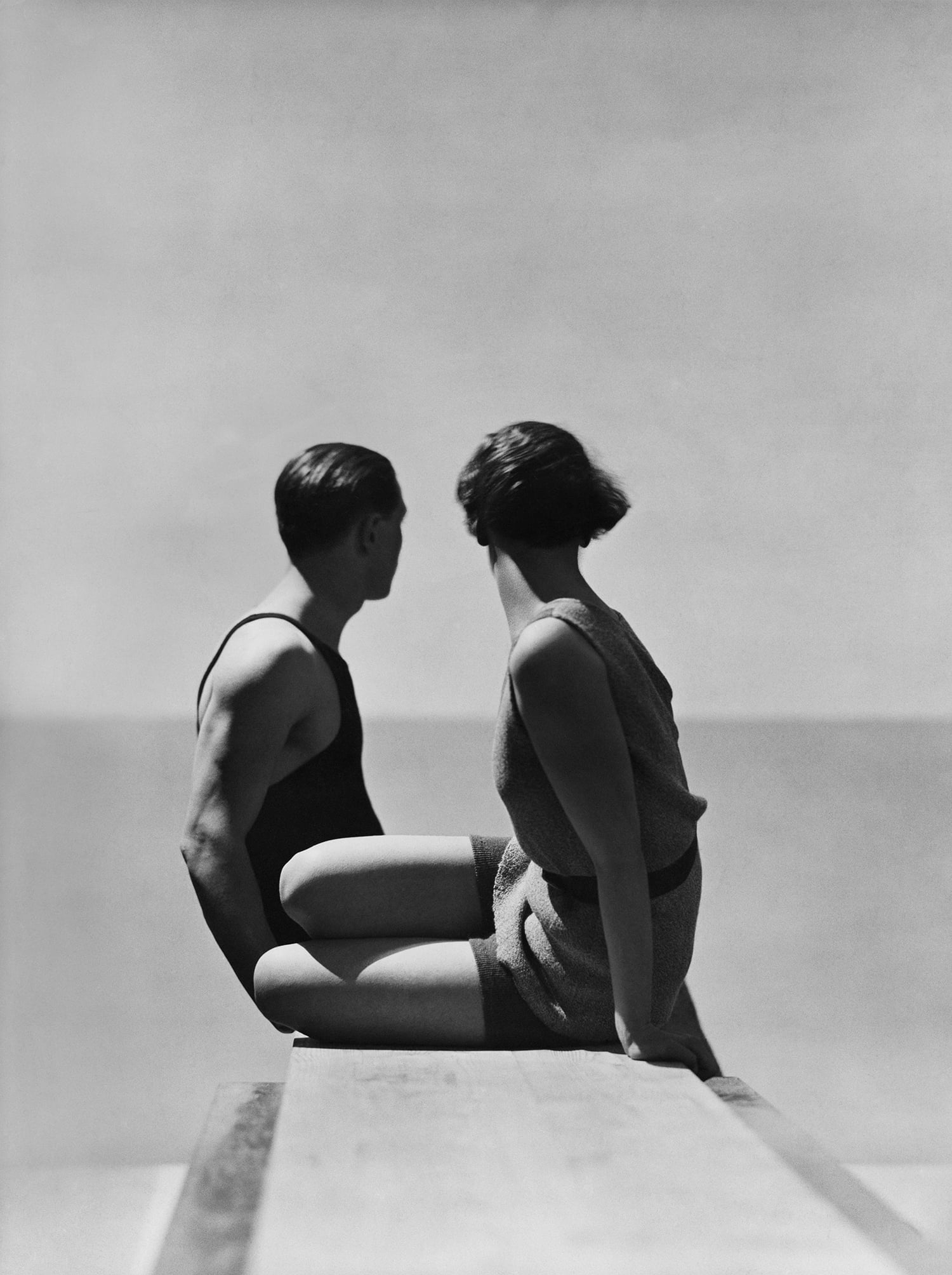
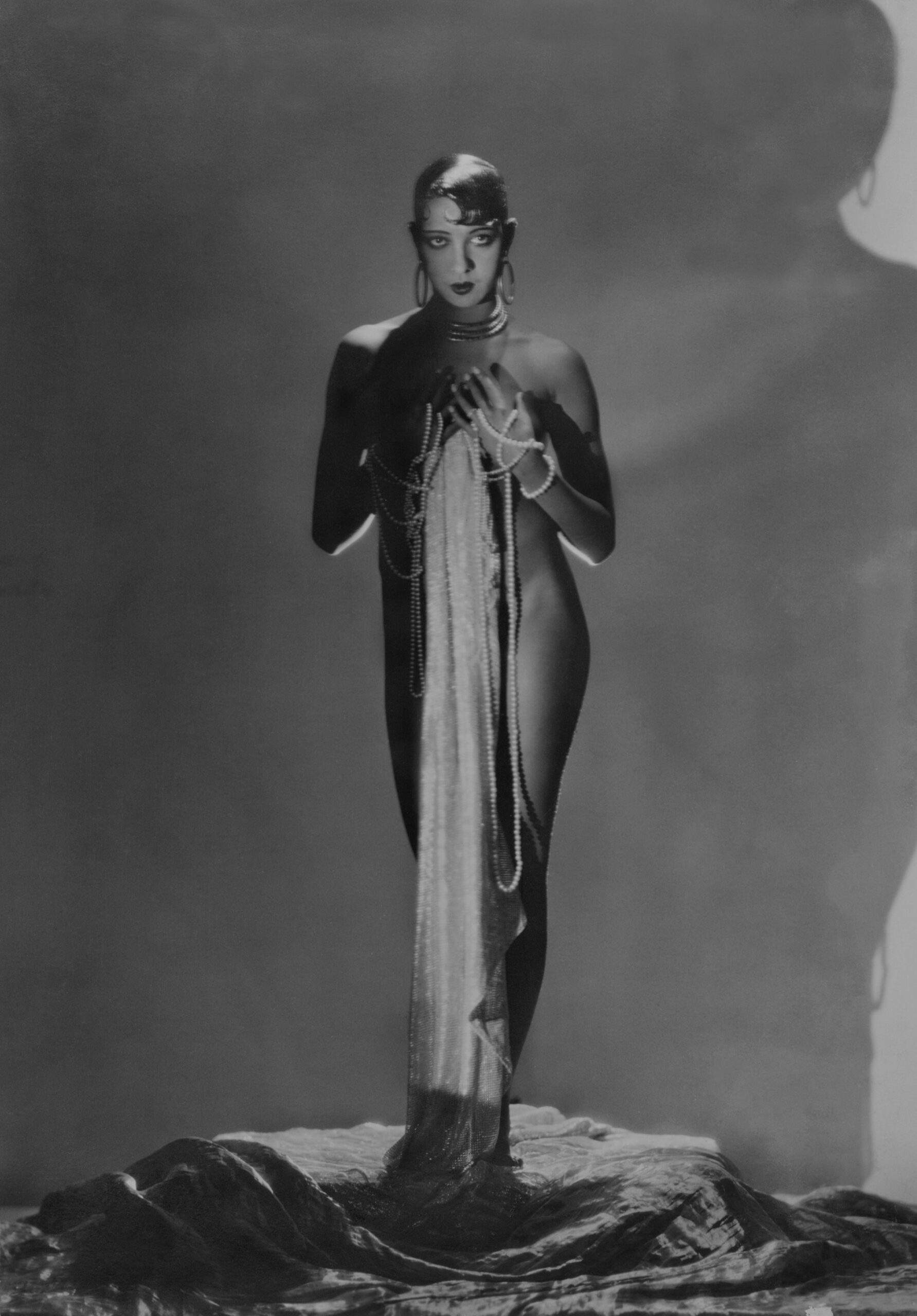
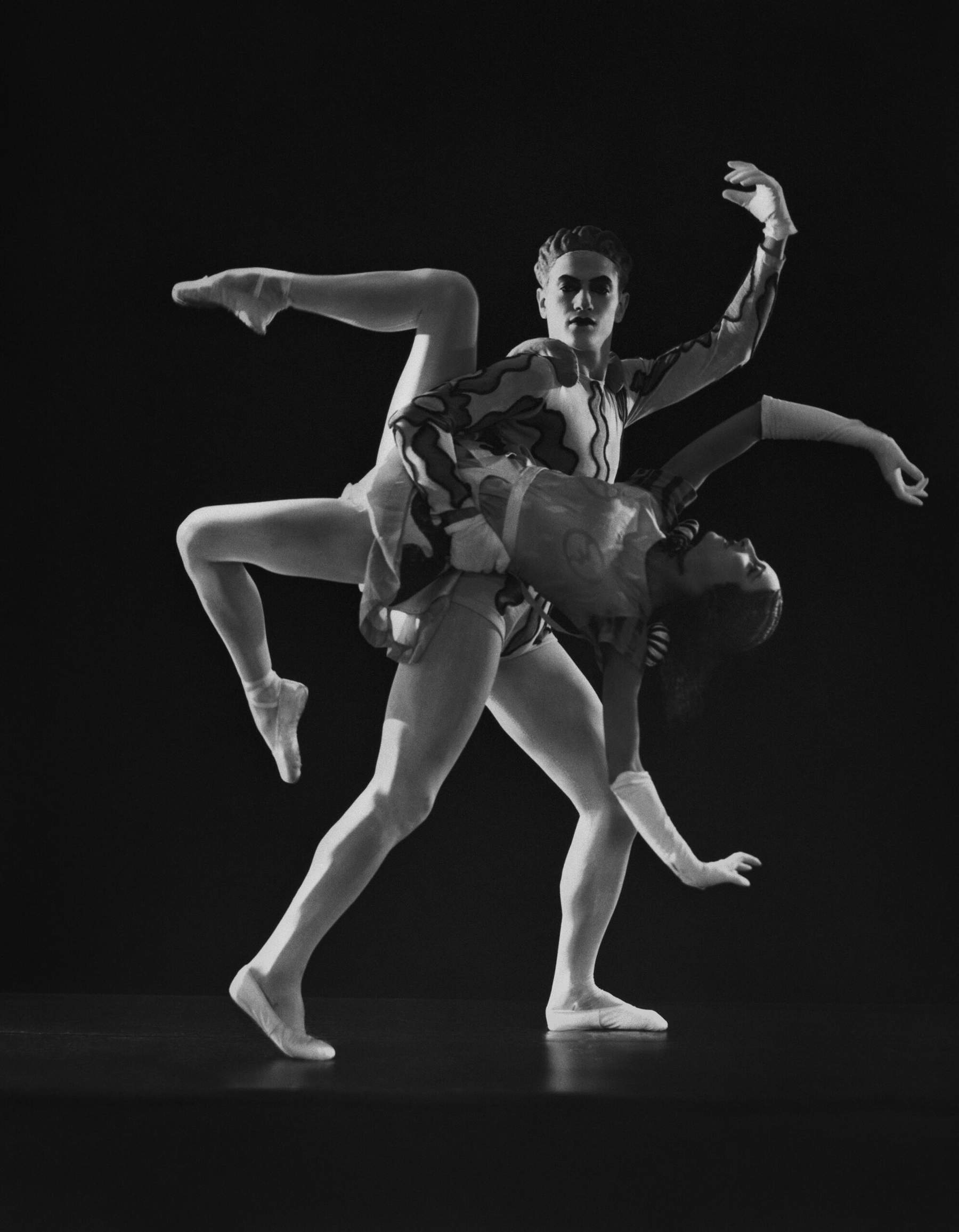
The Sections
The exhibition opens with an introductory room, where one can view photographs enhanced by handwritten annotations and details useful for cataloging. The next section, Paris and Performance, documents the cultural fervor of the period through images of Diaghilev’s Ballets Russes, featuring Serge Lifar and Olga Spessivtzeva performing in costumes designed by Giorgio De Chirico, or shots depicting Josephine Baker and Jean Barry dancing to the notes of jazz. The Costumes section celebrates the fashion of the time, including photographs such as Divers, which depicts Horst P. Horst and Lee Miller from behind, one of the most famous fashion shots of the 20th century, selected by Anna Wintour as one of her favorites in the history of Vogue. A small space is devoted to Journeys, where images taken in Tunisia, Algeria, Egypt and Greece are collected, later published in five volumes: African Mirage, the Record of a Journey; Hellas from 1943; Egypt also from 1943; Mexican Heritage from 1946; and Baalbek/Palmyra again from 1946. Bodies wrapped in soft draperies and shaped by light assume almost sculptural poses in The Classical Inspiration, a section that reflects the photographer’s deep interest in the ideal harmony and perfect proportions of classical art. Stars and Models collects the work that established the author as one of the masters of his time, immortalizing his best-known muses, including Agneta Fischer and Lee Miller, the latter of whom later became a renowned photographer. The influence of Surrealism emerges in many of his works, in which elements such as unexpected compositions, distortions of reality and dreamlike atmospheres transform fashion portraits into visual works of art. Contamination finds space in the Surrealism between Schiaparelli and Chanel section, which delves into the collaboration with the two fashion houses. On the one hand, the creative and experimental audacity of Elsa Schiaparelli is explored; on the other, the essential and revolutionary modernity of Coco Chanel, captured in photographs that perfectly express their opposite universes.
The male body, often depicted with soft lighting and meticulous attention to composition, takes center stage in a section that highlights how Hoyningen-Huene transformed studio shots into images that looked as if they were made outdoors. This theme also marks the transition of her career: in 1936 she left Vogue and moved to New York, where she took over as art director of Harper’s Bazaar. A decade later, in 1946, he landed in Hollywood, reuniting with friends such as Man Ray and Max Ernst and establishing himself as a portraitist of the great movie stars. The last section, Hollywood, movie heaven, collects portraits of legends such as Ingrid Bergman, Charlie Chaplin, Greta Garbo, Ava Gardner and Katharine Hepburn. During her Hollywood period, Hoyningen-Huene also collaborated with director George Cukor, making his first Technicolor film, 1954’s A Star is Born, starring Judy Garland. In 2020, the valuable Hoyningen-Huene archive was acquired by Tommy and Åsa Rönngren and transferred to Stockholm. Today, the George Hoyningen-Huene Estate is dedicated to the preservation, study and dissemination of the work of this master photographer. The exhibition is complemented by a rich catalog edited by Susanna Brown, published by Thames & Hudson and distributed in Italy by Moebius Edizioni.
“In 1968, Huene bequeathed his archive to close friend Horst P. Horst, who in the 1980s, starting with the negatives, began making platinum-palladium prints for museums and collectors,” says the curator. “These prints have a lush, matte surface and are prized for their refined quality and rich tonal range. The exhibition features many of the prints made under Horst’s guidance, along with new platinum-palladium prints created since 2020 in the archives of the George Hoyningen-Huene Estate.”
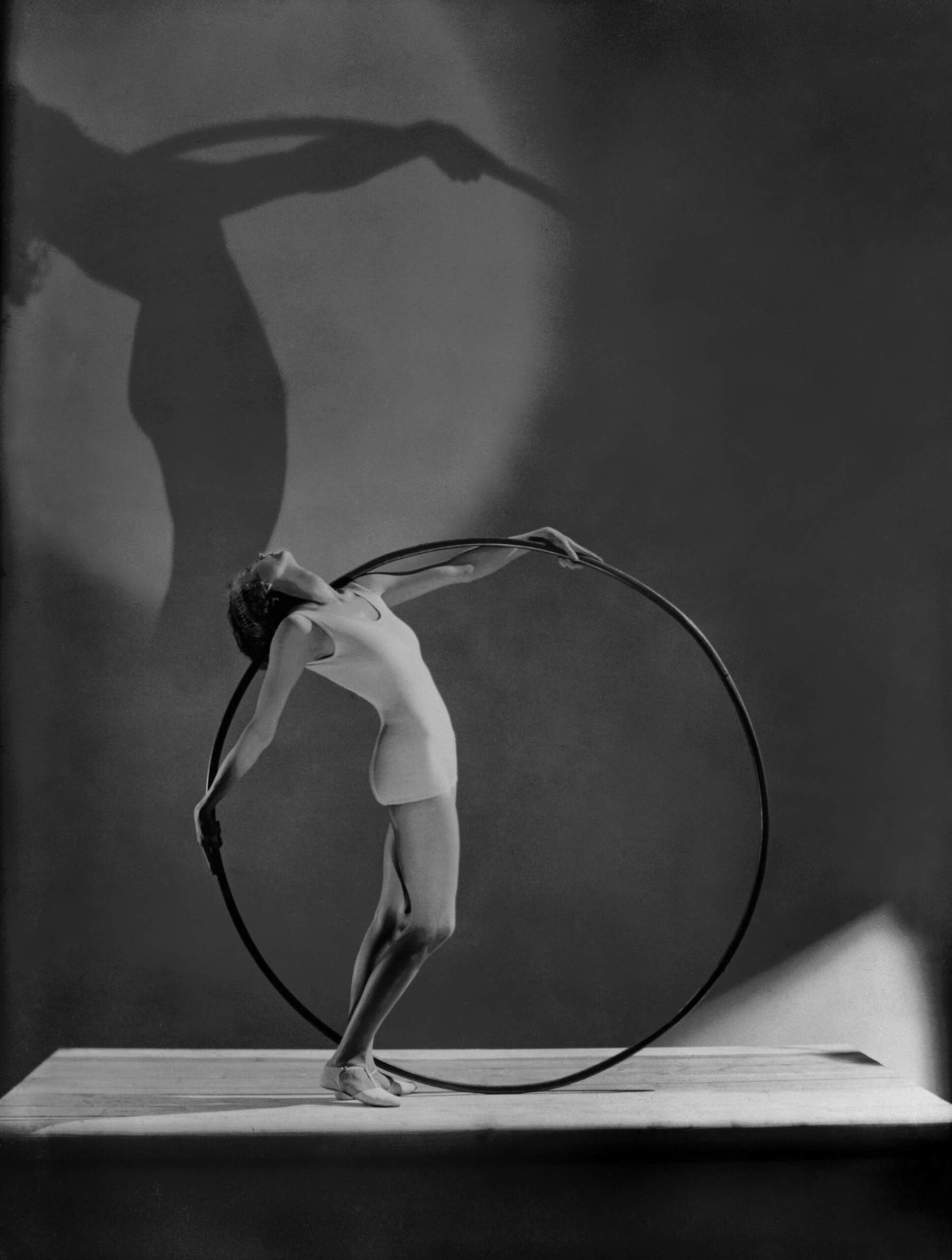
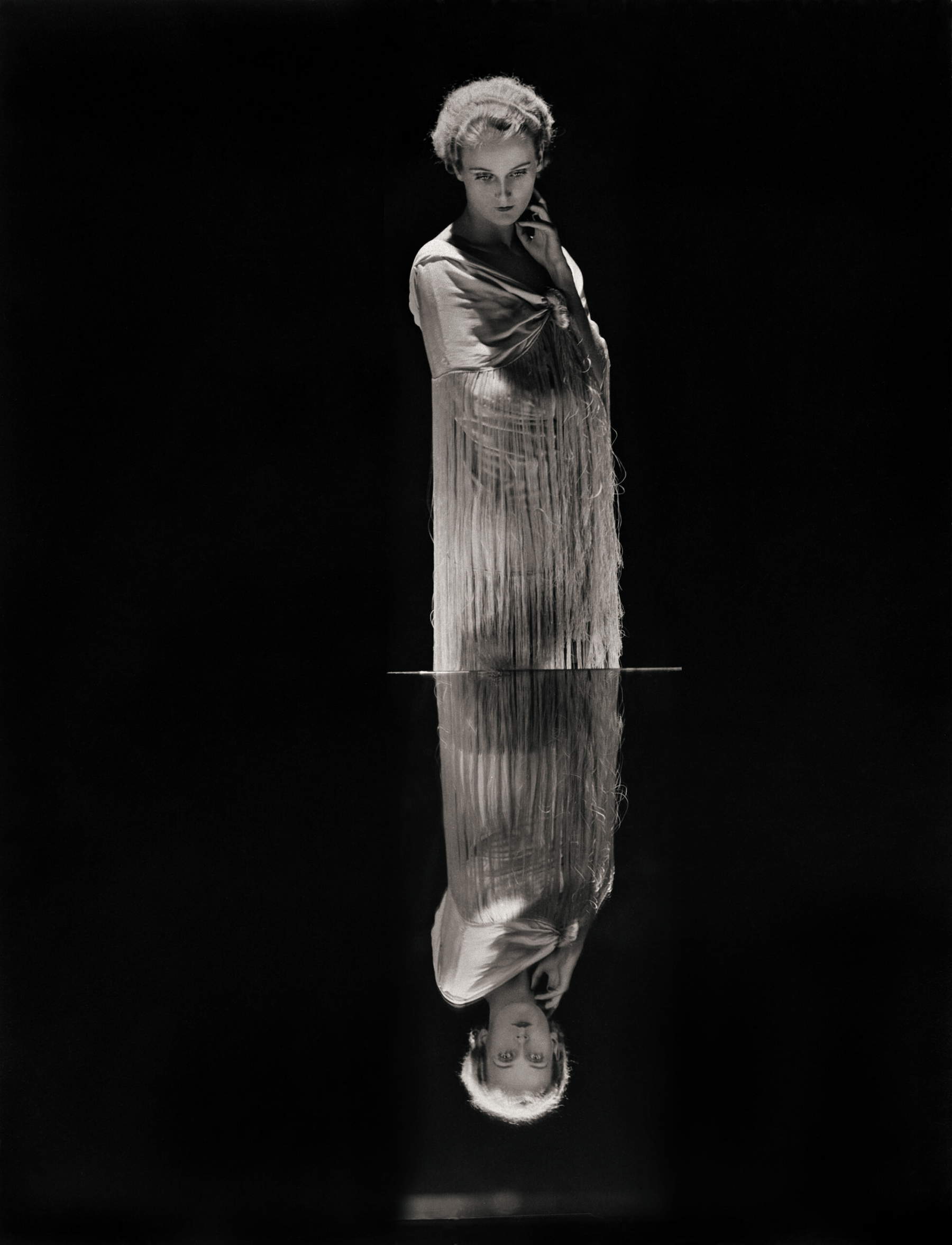
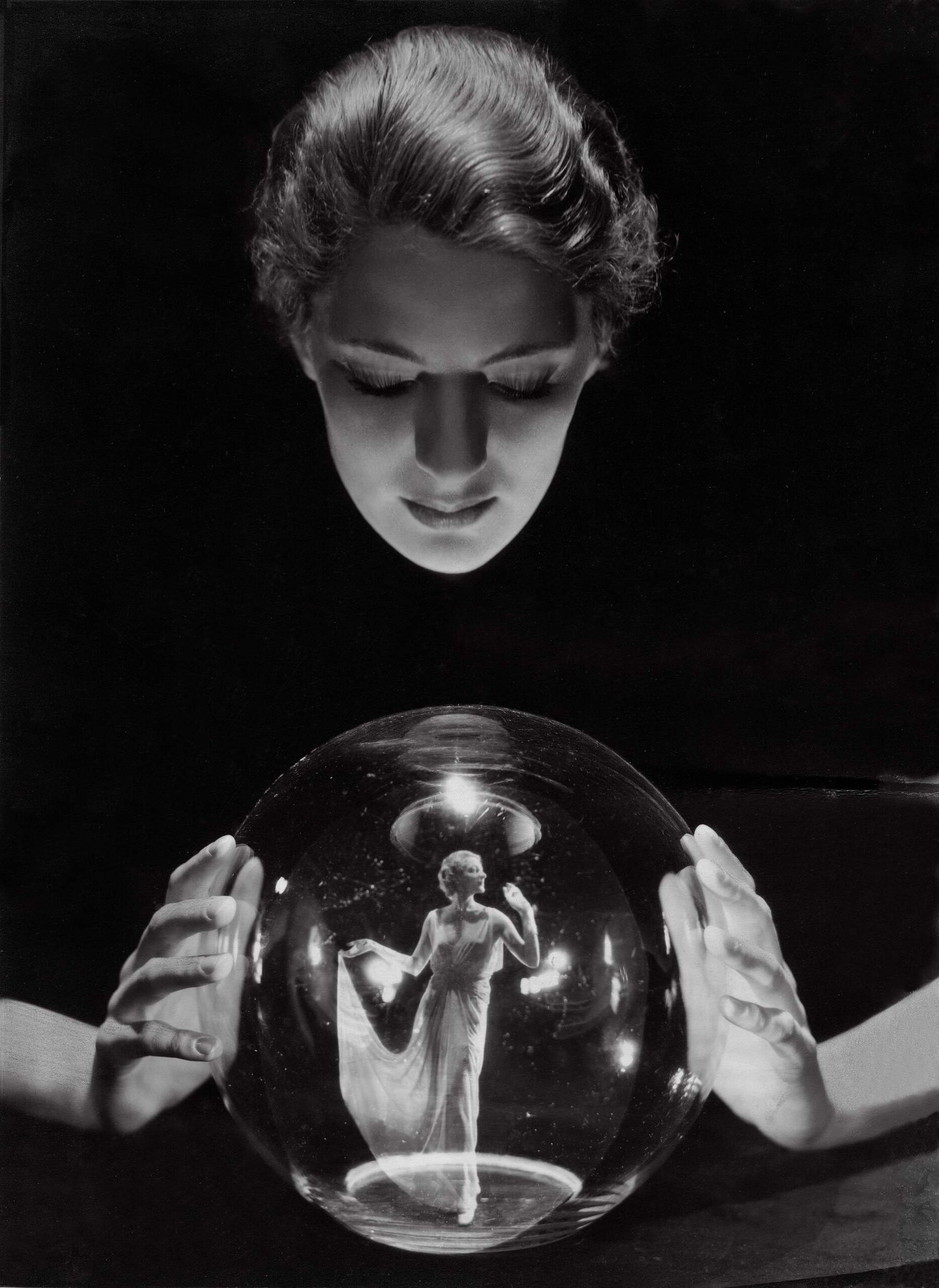
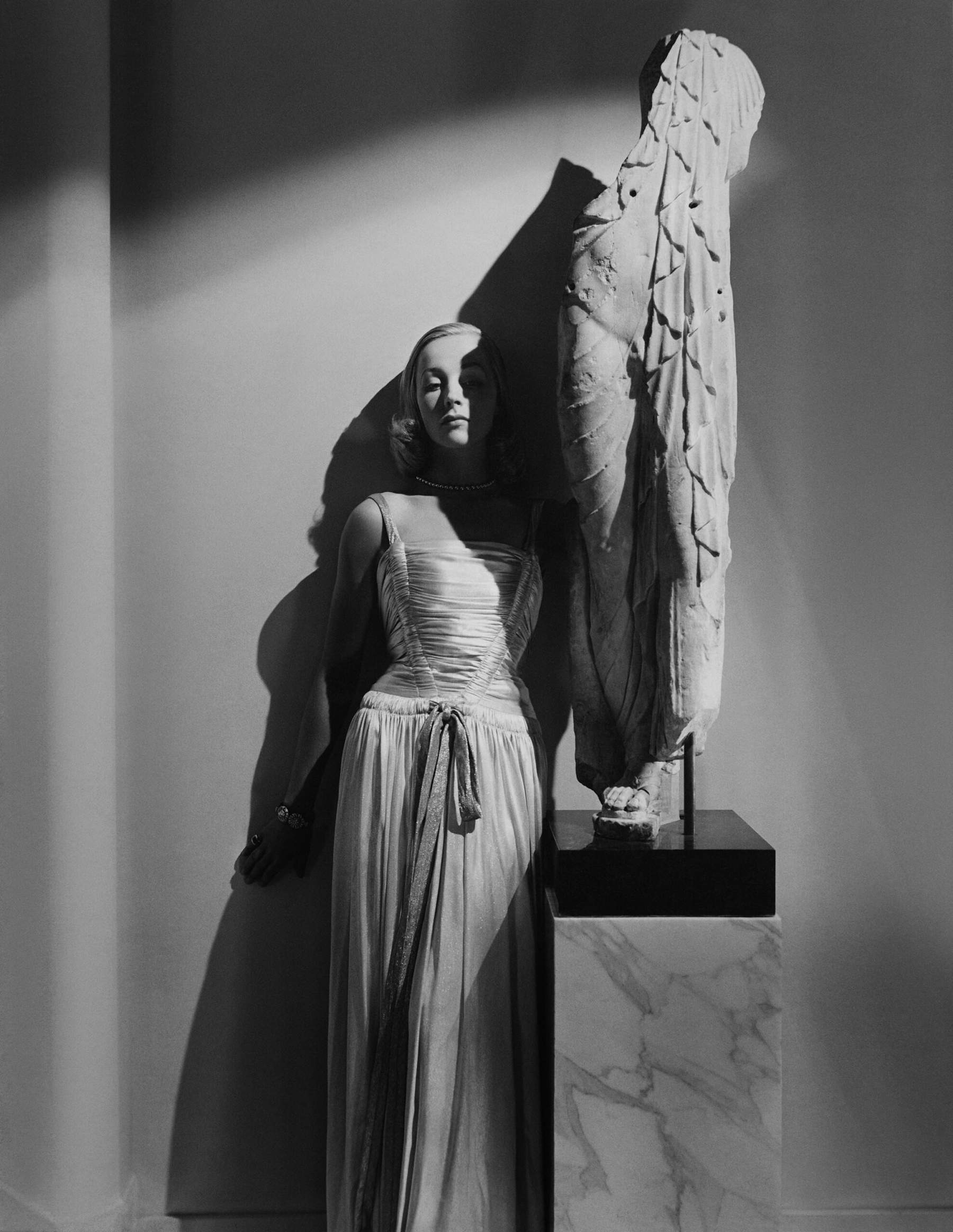
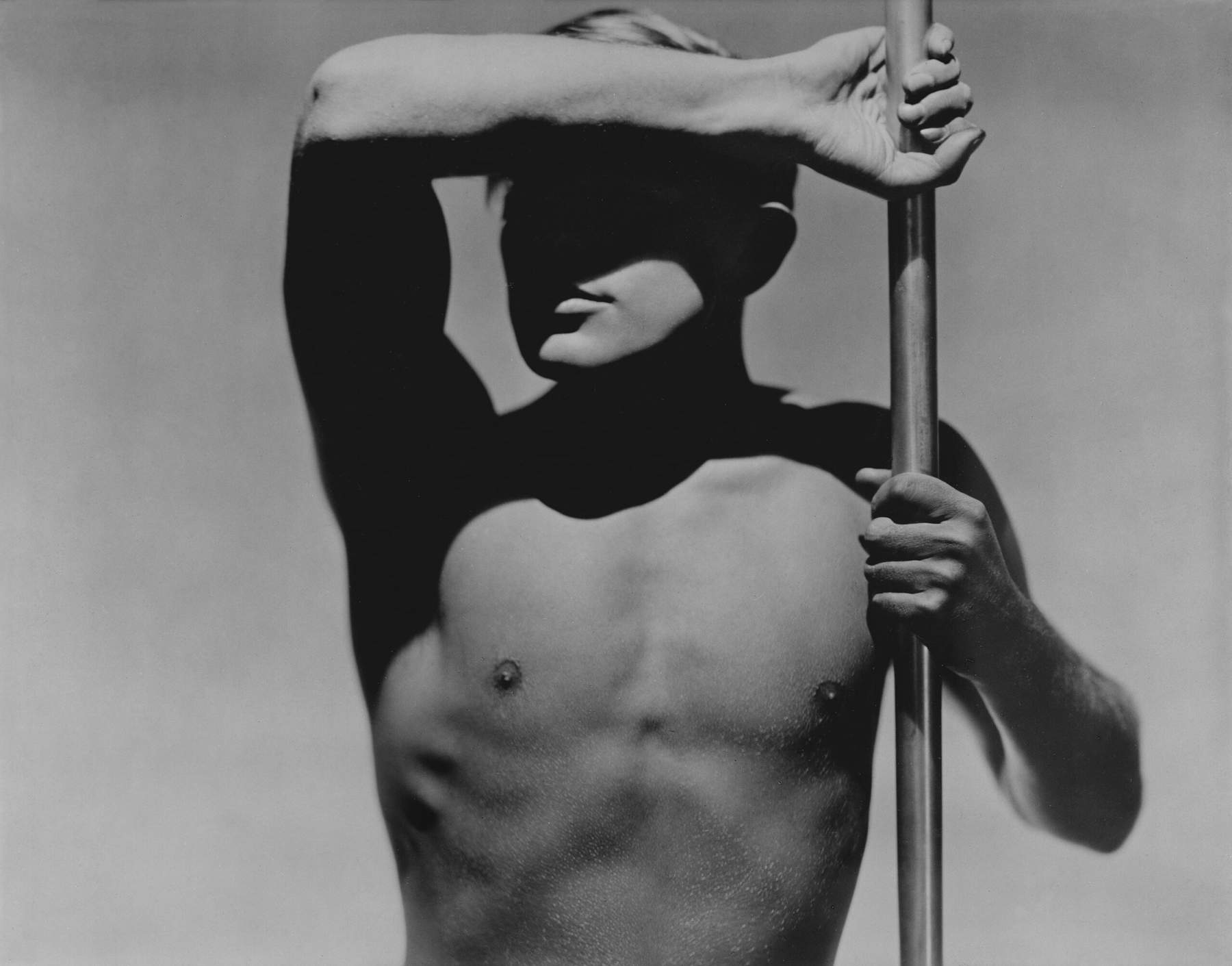
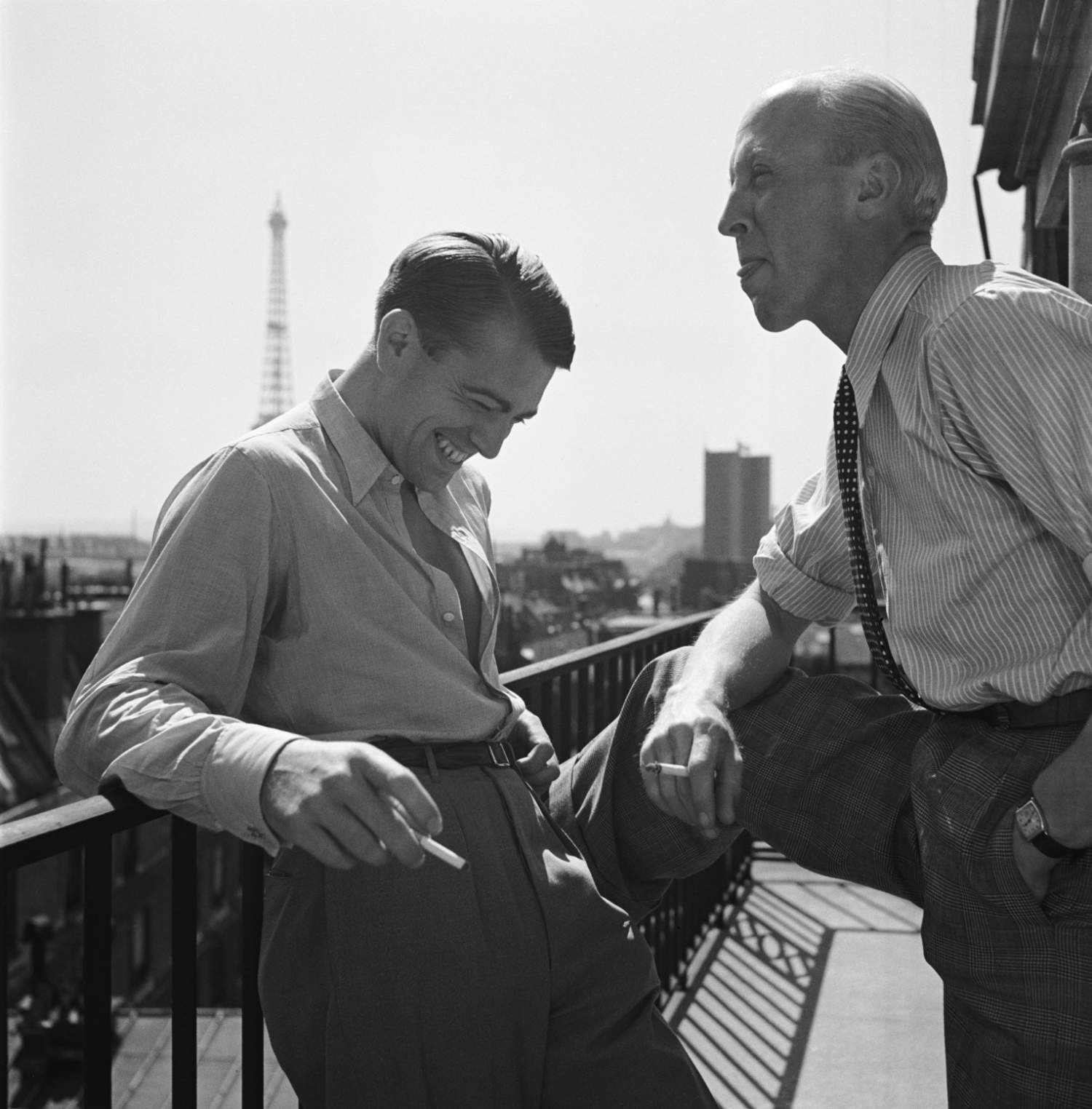 Roger Schall, Portrait of Horst P. Horst and George Hoyningen-Huene, Paris, 1937. Photo Roger Schall © Schall Collection
Roger Schall, Portrait of Horst P. Horst and George Hoyningen-Huene, Paris, 1937. Photo Roger Schall © Schall Collection
Practical information
Hours:
Tuesday, Wednesday, Friday, Saturday and Sunday 10 a.m.-7:30 p.m. | Thursday 10 a.m.-2:30 p.m. | Monday closed. Last admission one hour before closing
Rates:
Open € 17.00 | Full € 15.00 | Reduced € 13.00 - 10.00
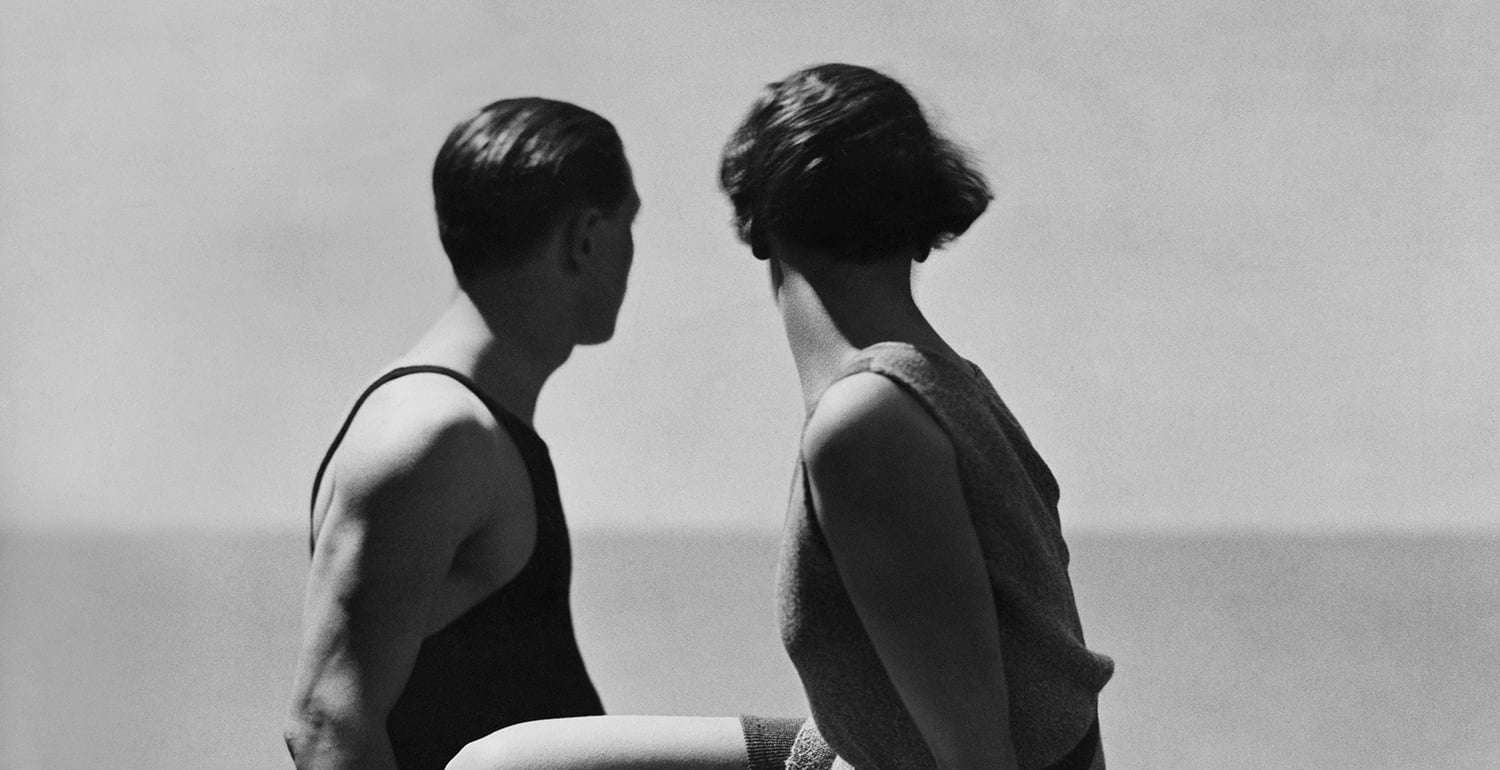 |
| An exhibition at the Royal Palace on George Hoyningen-Huene, pioneer of fashion photography |
Warning: the translation into English of the original Italian article was created using automatic tools. We undertake to review all articles, but we do not guarantee the total absence of inaccuracies in the translation due to the program. You can find the original by clicking on the ITA button. If you find any mistake,please contact us.





